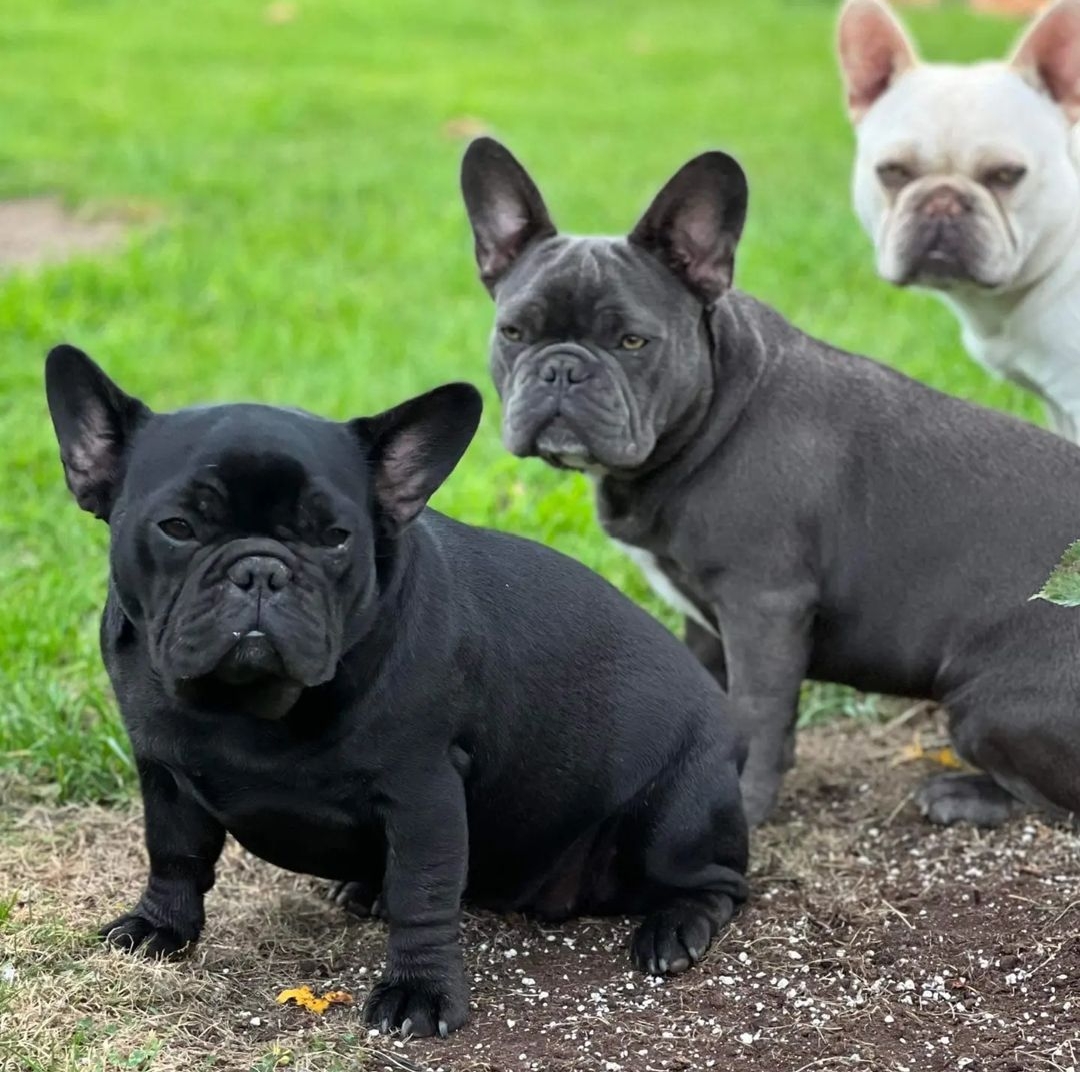Schnauzer Ears
- FreeRange null

- Sep 21, 2023
- 3 min read
Updated: Aug 7, 2024
Our dog’s ears can easily become dirty and infected without regular cleaning. Especially if they’re the adorable floppy kind!
Big droopy ears can restrict airflow to the ear canal, making it a perfect breeding ground for all kinds of bacteria.
That’s why some breeds are more prone to ear problems than others. Such as the hound group, retrievers, spaniels, poodles and hairy eared breeds like our schnauzers.

Cleaning and grooming will help your dog maintain good ear hygiene, keeping infections and wax build up at bay.
Epithelial migration is a natural self-cleaning and repair process of the ear canals and eardrums.
During this process, old cells from deep within the ear canals near the eardrums are gradually moved to the surface.
Traditionally, it was recommended to keep dogs' ears hair-free, with ear plucking as a routine grooming practice. However, recent evidence suggests that for healthy ears, excessive plucking may unintentionally cause micro-trauma and inflammation, potentially leading to ear infections.
Ear plucking might still be necessary for dogs with a history of ear infections to prevent excess debris buildup.
Consult your veterinarian if your pet frequently experiences ear infections to determine whether ear hair plucking is required.
An effective alternative to ear plucking is trimming excessive ear hairs to reduce earwax accumulation and minimize odor.
Discuss this option with your groomer during your dog's next grooming appointment.
Ear Cleaning at Home: Regular ear cleaning can help prevent ear problems, especially for pets prone to ear issues. It helps remove dirt and wax that naturally accumulate during epithelial migration, also reducing the growth of harmful germs like bacteria or yeast that can lead to inflammation or infection.
You can perform ear cleaning at home, following proper guidelines. Talk to your vet or groomer to learn the correct procedure.
Use only veterinary-recommended ear cleansers, as some products may be harsh on delicate ear canals. If your pet becomes agitated or experiences excessive pain during the procedure, stop and seek veterinary advice.
Do:
Use an ear cleaner specifically designed for dogs.
Reward your dog during and after cleaning to create a positive experience, akin to a relaxing day at the spa.
Be gentle when cleaning, especially if the ears are dirty or infected, as they can be painful, and the eardrum is delicate.
Consult your vet to determine how often your dog's ears should be cleaned, as it varies based on factors like lifestyle, ear shape, breed, and past ear issues.
Don't:
Avoid using alcohol or hydrogen peroxide-based ear cleaners (or straight alcohol or peroxide) as they can be harsh and cause pain and irritation.
Refrain from using Q-tips (cotton-tipped applicators) for ear cleaning, as they can harm the ear drum if inserted too deeply and push debris further into the ear.
Do not use water to clean your dog's ears, as it may trap more debris and won't break down wax like specialized ear cleaning products.

If you ever feel uncertain about ear cleaning for your dog, consult your veterinarian for personalized advice based on your dog's specific needs.
Leave ear hair plucking to professional judgment, as it can be painful and potentially harmful. Your vet may occasionally need to remove ear hair, but it should be done by a professional.
Signs of Ear Issues
Strong or unpleasant odor
Redness or leathery ear flaps
Scratching or rubbing at the ears or head
Ear discharge or excessive debris
Head shaking or tilting
Pain, indicated by reluctance to touch the head or ears and irritability
If you’ve ever had an ear infection, you’ll know how excruciating this pain can be.
Please, if you notice any problems with your dog's ears, call your vet and get their ears looked at.
We highly recommend PD Pet Insurance, click the link below to get the best quote






Comments